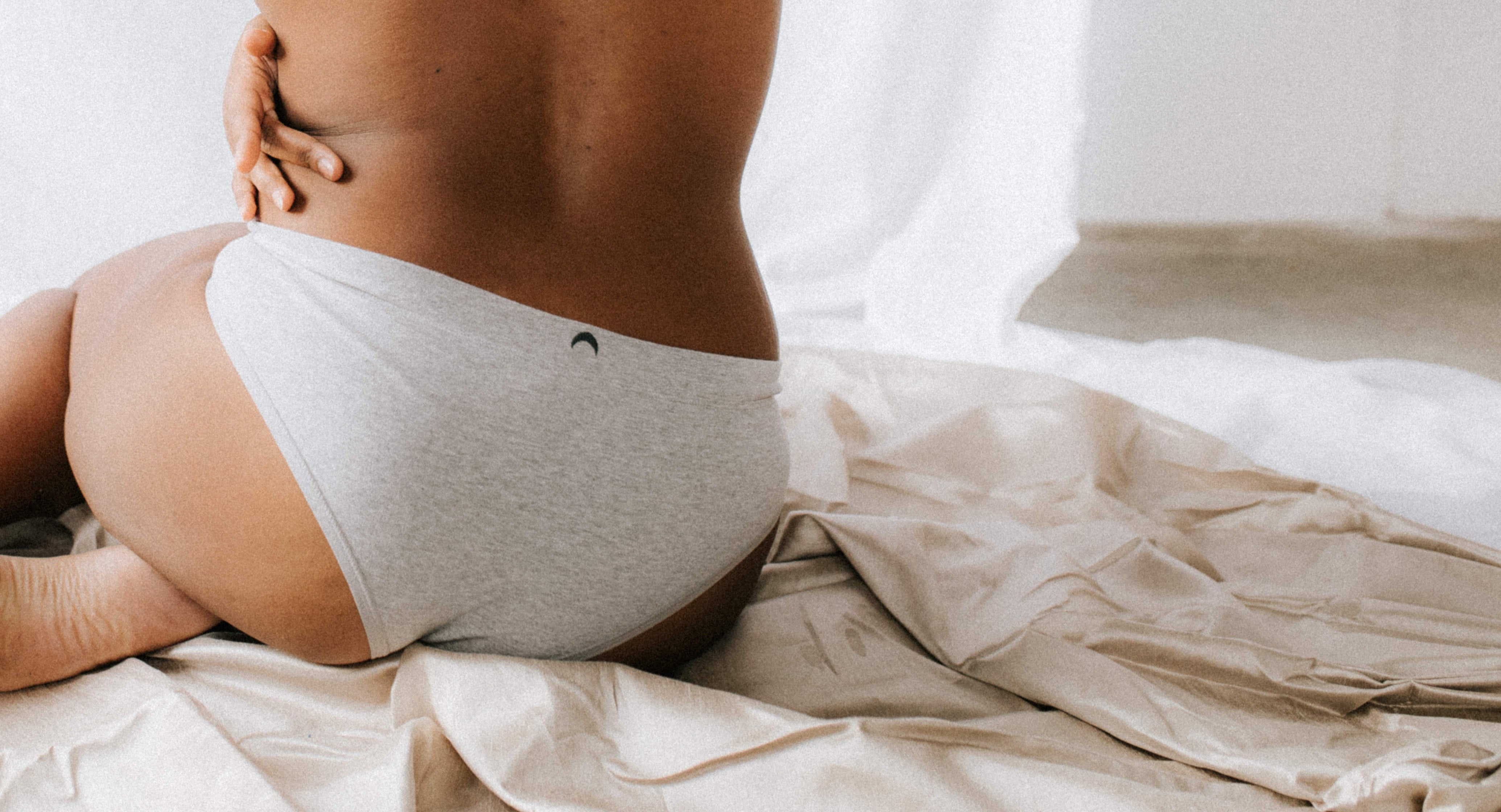Does coughing or laughing lead to bladder leaks? Scared to go back on the trampoline? It’s likely you have Stress Urinary Incontinence relating to pelvic floor weakness.
Pregnancy and labour can put huge strain on our pelvic floor, a hammock of pelvic muscles that support the bladder, uterus, and bowel. You are more likely to have a pelvic floor weakness if you have a vaginal labour, perineal tear or a cut during your labour.
Here’s the good news – like any muscle in the body, the pelvic floor muscles can be re-trained and strengthened. They should not hold you back from doing what you want to! Strengthening the pelvic floor can not only help with bladder leaks, it can also improve sex, help with core strength and helps to treat and prevent pelvic organ prolapse.
How do I know if my pelvic floor is weak?
Pelvic floor weakness can lead to the following:
- Bladder leaks when coughing, sneezing, jumping or laughing.
- Pelvic fullness or heaviness
- Painful sexual intercourse
- Lower back pain
- Constipation, difficulty passing a stool or faecal incontinence
- A pelvic organ prolapse which may feeling like a dragging feeling or bulge within the vagina.
Finding your pelvic floor muscles – top tips
- Sit or lie with your knees slightly apart and fully relax.
- Visualise a ring of muscles around your anus.
- Squeeze the muscles as if trying to stop the passing of wind. You should feel a lifting and pulling sensation. Then left go, fully relax and repeat.
- Remember not to tighten your buttocks, contract your abdominals or hold your breath when doing this.
- Visualise the muscles around your urethra or front passage.
- Squeeze the muscles as if trying to stop passing urine. You should feel a lifting sensation. Then left go, fully relax and repeat.
- Now squeeze all of those muscles together.
Now workout!
Pelvic floor training is a marathon and not a sprint. Like any muscle, it takes time to build strength. Exercising them regularly in pregnancy and straight after birth will help with postpartum recovery. Exercise them as follows:
- Squeeze your pelvic floor muscles for as long as you can. When you can’t go any longer, relax fully for a few seconds and then repeat the contraction. Build up to 10 slow contractions, aiming to hold for 10 seconds at a time with a few seconds of rest in between.
- Your pelvic floor also needs to be trained to react quickly, for example when jumping or coughing. Practice quick contractions too, squeezing for 1 second before relaxing. Do ten quick squeezes in a row.
- Aim to do 3 sets of slow and quick contractions per day.
If you are struggling to do these exercises or with your symptoms, speak to you GP or women’s health physio for advice.
Coping with incontinence
Firstly, know that you are not alone. 1 in 3 women may experience bladder leakage at some point, after having a baby.
There are lots of products available to help manage urinary incontinence, including absorbent pads and underwear. See Continence Advisor UK for details.
Try and make lifestyle changes to help with any urinary symptoms, such as stopping smoking or reducing caffeine and alcohol.
Disclaimer: This article is for information only and should not be used for the diagnosis or treatment of medical conditions. For The Creators has used all reasonable care in compiling the information but make no warranty as to its accuracy. Consult a doctor or other health care professional for diagnosis and treatment of medical conditions.
